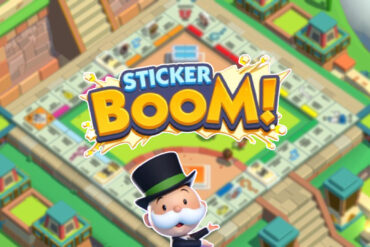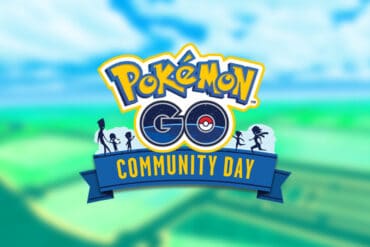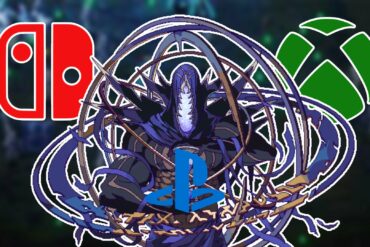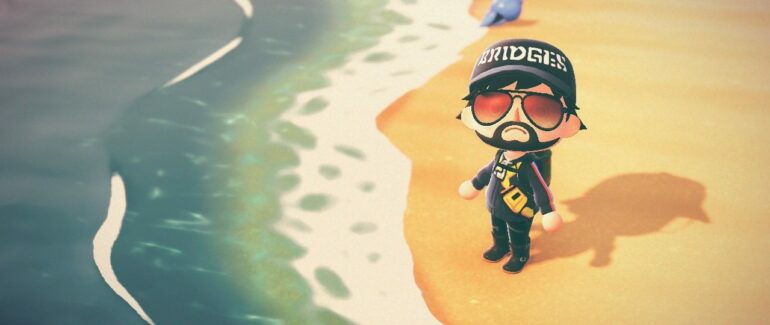On the surface, Nintendo’s beloved slice of life game, Animal Crossing: New Horizons, and Hideo Kojima’s ambitious, dreamlike delivery simulator, Death Stranding, could not be more different. One is a relaxing, earthy experience about living next to bipedal animals and perpetually being in debt to a raccoon in a Hawaiian shirt. Another is an unlikely fusion of surreal ideas, including babies that can sense malevolent ghosts, weapons made from human waste, and oddly-placed celebrity cameos.
Despite their wildly different tones and aesthetics, these two games are remarkably similar thematically. At their core, both of these games are about human connection, and they use player interaction to explore that theme.
No Winners or Losers
In an essay for Rolling Stone, Kojima wrote, “We are ready for a game not based on competition, but on the rope that will bring good to the player and make connections. We don’t need a game about dividing players between winners and losers but about creating connections at a different level. My current project, Death Stranding, aims to fulfil this goal.”
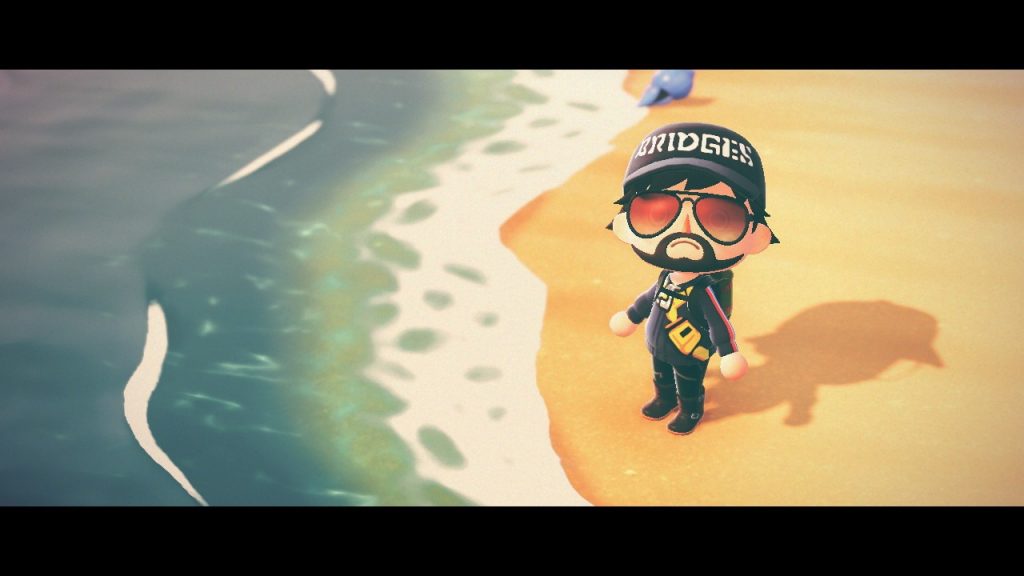
Connections are certainly a big part of Death Stranding‘s gameplay. As Sam Porter Bridges, the player aims to rebuild society by connecting people and cities to the game’s Chiral Network. This gameplay mechanic drives Death Stranding‘s multiplayer features. Through the game’s online functionality, players can use the Chiral Network to leave items and messages for other players.
It’s hard not to feel a sense of gratitude and kinship for the stranger who warns you of an upcoming hazard or who leaves behind the perfect item for your current objective. However, the game never fully allows you to make a connection with these anonymous helpers. The closest you get to directly interacting with other players is catching items from their ghostly forms in the midst of a heated battle. At the end of the day, they are still strangers to you.
Jolly Cooperation
In contrast, the multiplayer mechanics in Animal Crossing: New Horizons are much more straightforward. You can travel to other players’ islands, write them letters, and share designs. However, user ingenuity has made player cooperation more complex. Players have auctioned in-game items through user-created sites such as Nookazon. Other players have created islands as trade hubs for sharing DIY recipes and cataloging items.
All of this requires real interaction. The developers did not program these opportunities into the game, so they require coordination between players. Animal Crossing players are continually creating new social structures to achieve common goals. Thus, watching AC players interact is almost like watching the formation of society.
Ironically, this is what Death Stranding attempted to explore through its multiplayer mechanics and story. Animal Crossing may be about togetherness at its core, but its players’ genuine desire for cooperation has elevated the game’s theme of connection to the next level. In the end, being part of a real, interconnected gaming community is infinitely more rewarding than brief interactions with faceless strangers.


